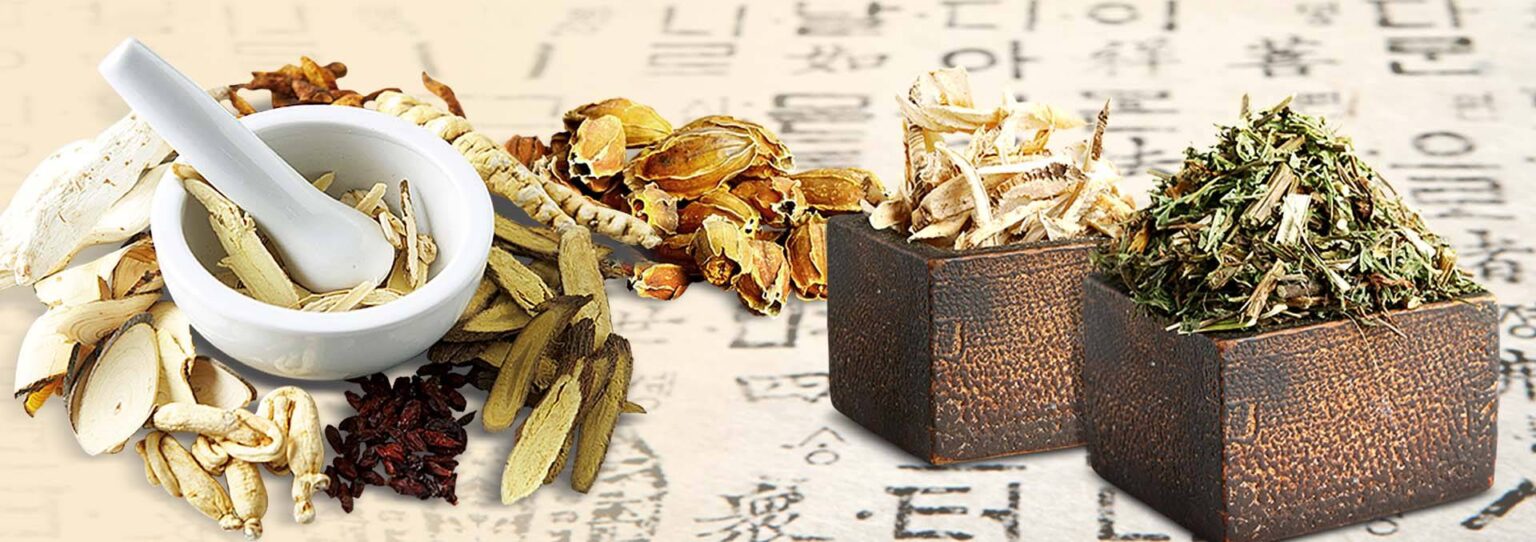
Production Control System and Quality Control System
Good Quality Practice (GQP), Good Vigilance Practice (GVP), and Good Manufacturing Practice (GMP)
As the leader in traditional medicines, Tsumura has built a management system that enables the stable supply of high-quality pharmaceutical products, promotes their proper use, and ensures their safety in accordance with the Pharmaceutical Affairs Act and other relevant regulations. With the General Manager of marketing at the hub of operations, the Quality Assurance Department, which handles issues related to quality control and GQP regulations, and the Product Safety & Pharmacovigilance Department, which handles GVP-related issues, maintain a close working relationship at all times through executive meetings. The Pharmaceutical Regulatory Department is responsible for providing legal support to these two departments.
Tsumura’s management system is equipped to provide product quality assurance, to collect and evaluate data on product use, and to take appropriate measures as necessary, thus fulfilling its responsibilities as a pharmaceutical company.
For the manufacturing of Kampo products that rely on natural resources, all production-related departments assume responsibility for ensuring a stable supply of high-quality products by complying with Good Manufacturing Practice standards, including the pharmaceutical GMP and GMP for Kampo products.
Measures Against Residual Pesticide Contamination
To procure raw materials for crude drug of the highest quality, a minimum amount of pesticides must be used in cultivation to protect them from pests and weeds. However, the volume of pesticide used must be strictly controlled to prevent any potential risk to health. Tsumura has voluntarily established a testing system for 73 pesticides that are listed in the United States and Japanese Pharmacopoeias, and has conducted residual pesticide testing in allaw material for crude drug batches since 2006. In addition, from 2010 Tsumura has expanded its testing to include all 191 pesticides that are currently used in cultivation.
In addition to residual pesticide testing in crude drugs, all batches of final product are also tested for 73 pesticides, including organochlorine, organophosphate, and pyrethroid based chemicals. These are examples of some of the measures that Tsumura takes to enforce stringent quality control of their products.
Quality Control of Raw Materials for Crude Drug and Final Products
Before raw materials for crude drug are accepted for use, samples from different cultivation areas are checked for appearance and morphological properties to assess their quality in advance. Botanical samples that pass the tests are sent to Shenzhen Tsumura or to the Ishioka Processing & Quality Control Center for incoming material testing. This testing is performed using thin layer chromatography in accordance with the Japanese Pharmacopoeia, and includes tests for macroscopic and microscopic identification, purity, arsenic, and other heavy metals, loss on drying, and aristolochic acid. In addition, a quantitative analysis of marker components using high-performance liquid chromatography and other in-house tests are performed as part of the incoming material testing.
Multiple quality tests are performed in the final products as well, to verify their batch-to-batch consistency, efficacy, and safety as pharmaceutical agents. To ensure product batch-to-batch consistency, the condition and identity of the product, water content, and physical properties are tested. To ensure product efficacy, marker components and extract content are quantified. To ensure product safety, microbial limits, residual pesticides, aristolochic acid, and purity are tested.
As explained in the section on Tsumura rikkunshito extract granules for prescription, the computerized pharmaceutical GMP network system and the analysis of marker components help lower the variance in product quality across the different batches to a range of 5% to 10%.
